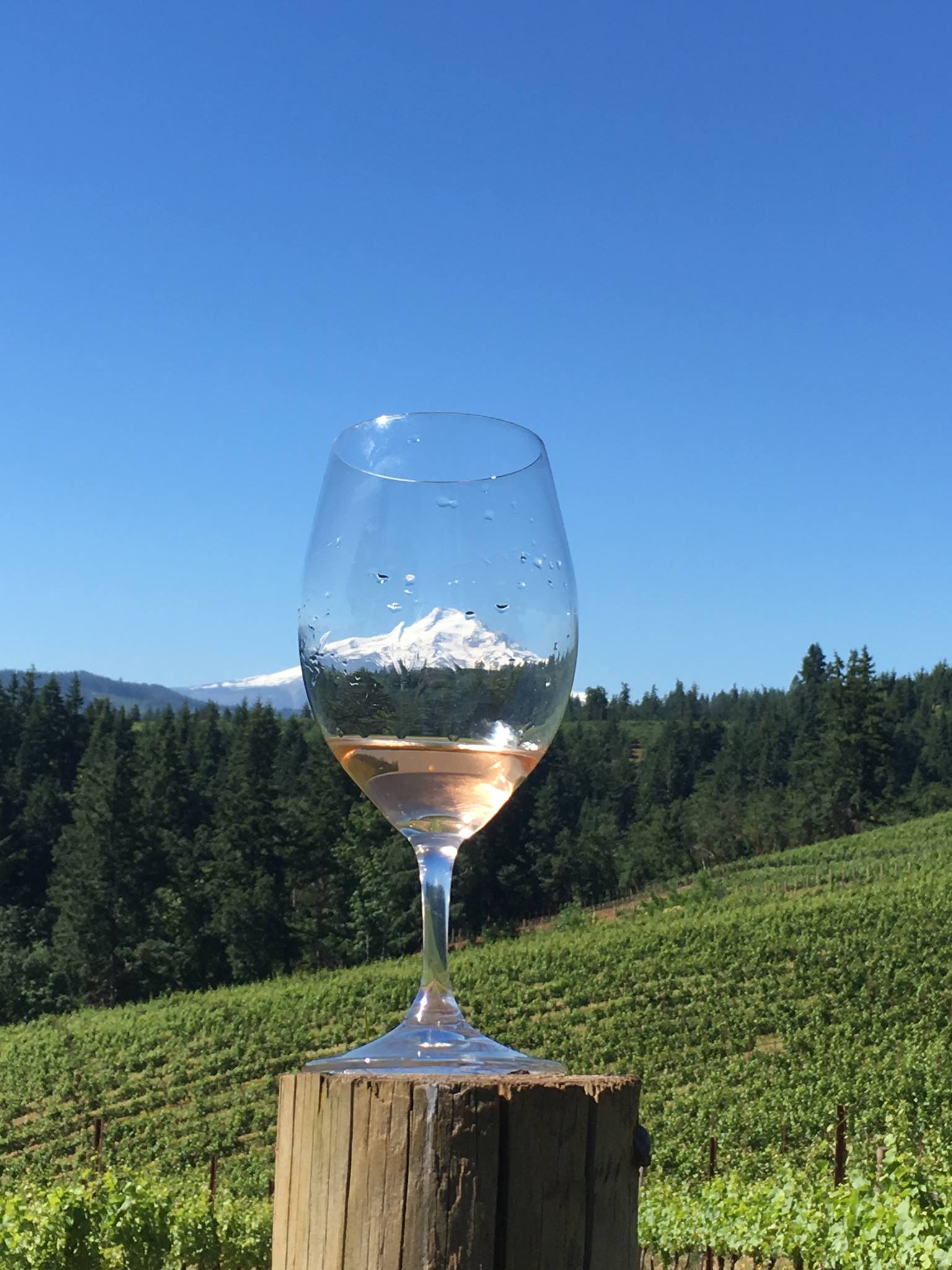The beauty of natural wines is their singularity. Constantly evolving, they need to find their own time and place.
The best natural wines result from sensible farming. Healthier vineyards, tended by hand, with rigorous selection, produce healthier grapes, which have the wherewithal, or material, to produce wines with dense structure.

A wine’s capacity to age requires various components to be in balance – fruit, tannins, acidity, and at a certain degree of tension. It is not to do with the quantity of tannins or acidity, but the quality and the relative.
Many natural wines are admittedly made with the intention of immediate drinking. Reds fermented by means of carbonic maceration tend to be forward-drinking and juicy. They are known as vins de soif or glouglou wines. It would still be a mistake to caricature all wines made in this fashion as “drink now” wines.
And there are countless examples of low intervention wines that stay the course and improve over the years. Long, ambient ferments and ageing on the lees in old barrels; a micro-oxidative process. The longer the elevage the greater the stability the longer the ageing potential.
There are countless examples of low intervention wines that stay the course and improve over the years.
To assess a wine’s ageworthiness it is instructive to open a bottle and drink it over several days to see how it develops. Some wines remain delicious for days, even weeks. Not only delicious but coiled in the primary phase of their evolution. We might describe these wines as evincing powerful minerality (think, for example, of Sepp Musters Sauvignons from opok).
That’s not to say that living wines may not have an inherent fragility (and need to stored and served correctly) and are also mutable by definition. The beauty of natural wines is their singularity. Constantly evolving, they need to find their own time and place.

